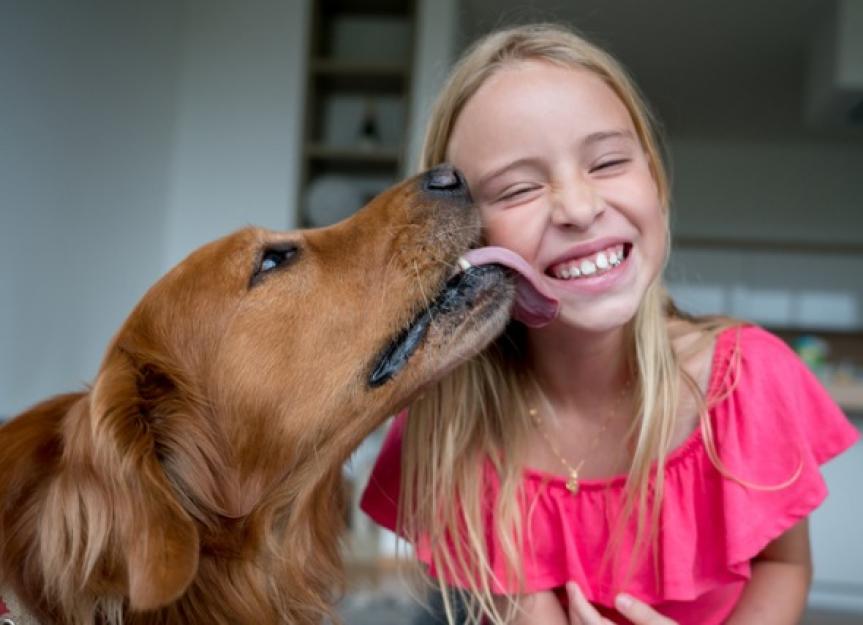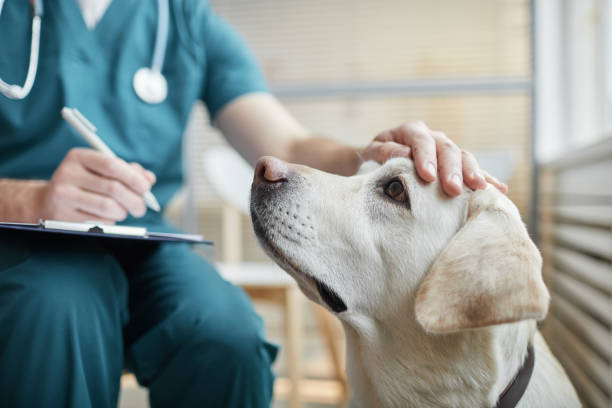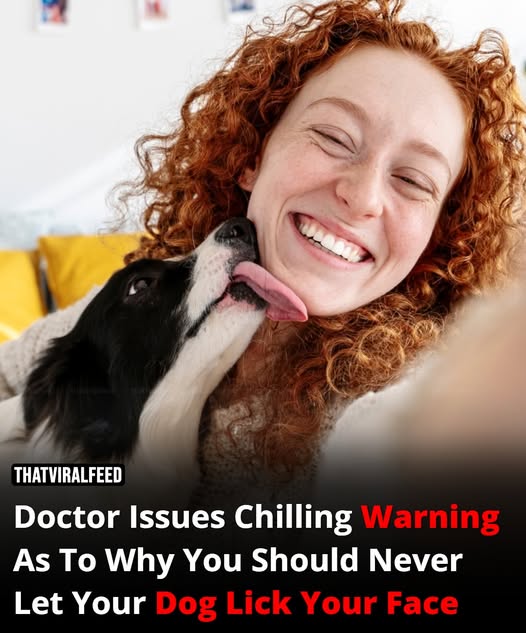While many dog owners find comfort and affection in their pets’ licks, recent studies and expert warnings suggest that this seemingly innocent gesture could pose serious health risks. Understanding the potential dangers associated with dog saliva is crucial for maintaining both human and pet health.
Understanding Capnocytophaga: A Rare but Serious Threat
Capnocytophaga canimorsus is a bacterium commonly found in the mouths of dogs and cats. While infections in humans are rare, they can be severe, especially for individuals with weakened immune systems. Transmission typically occurs through bites or when saliva comes into contact with open wounds. Symptoms may include fever, vomiting, diarrhea, and in severe cases, sepsis or gangrene, which can lead to amputations.
The Rise of Antibiotic-Resistant Bacteria
Recent research has highlighted the role pets may play in the spread of antibiotic-resistant bacteria. A study involving stool samples from pets and their owners found that both groups could carry bacteria resistant to common antibiotics. Close interactions, such as allowing dogs to lick faces or share food, can facilitate the transfer of these superbugs.

Real-Life Consequences: A Cautionary Tale
In 2019, Marie Turner from Ohio experienced the devastating effects of Capnocytophaga infection. After her dog licked a small cut on her hand, she developed a severe infection that led to the amputation of her limbs. This case underscores the importance of being cautious, even with minor wounds.
Who Is Most at Risk?
Certain individuals are more susceptible to infections from dog saliva:
- Immunocompromised individuals: Those undergoing chemotherapy or with conditions like HIV.
- People without a spleen: The spleen plays a vital role in fighting bacterial infections.
- Individuals with liver disease or diabetes: These conditions can impair the body’s ability to combat infections.
- Older adults: Age-related immune system decline increases vulnerability.
For these groups, avoiding direct contact with dog saliva, especially on the face or open wounds, is advisable.
Preventive Measures for Pet Owners
To minimize health risks while enjoying the companionship of dogs:
- Avoid facial licks: Discourage dogs from licking faces or open wounds.
- Maintain hygiene: Wash hands thoroughly after handling pets or cleaning up after them.
- Regular veterinary check-ups: Ensure pets are healthy and free from infections.
- Educate family members: Inform all household members about the potential risks and preventive measures.

Conclusion
While the bond between humans and dogs is cherished, it’s essential to be aware of the potential health risks associated with close contact. By understanding the dangers and implementing preventive measures, pet owners can continue to enjoy their furry friends’ affection safely. In addition to being mindful of dog licks, it’s important for pet owners to maintain proper hygiene practices for both themselves and their pets. Regular veterinary checkups help ensure your dog’s oral health is in good condition, reducing the risk of harmful bacteria buildup. Also, practicing good personal hygiene—like washing hands after playing with your dog—can prevent many potential infections. Teaching children not to let pets lick their faces or wounds is also crucial, as young children may have weaker immune systems. Being proactive with prevention doesn’t mean you love your dog any less—it simply ensures a safer, healthier bond for everyone involved.

















